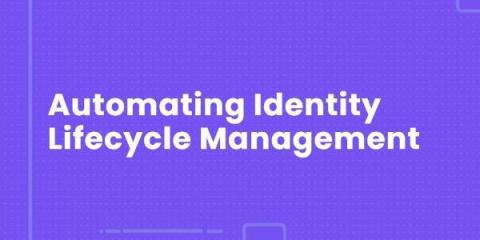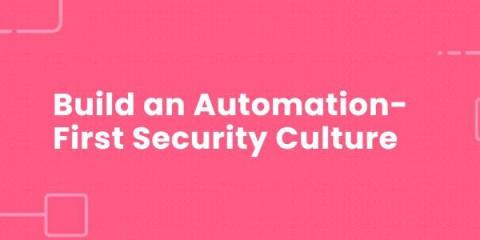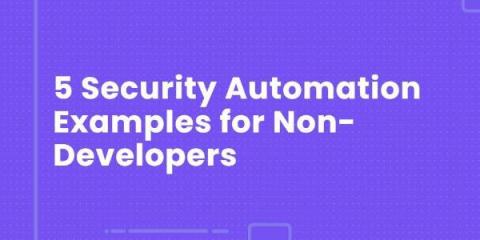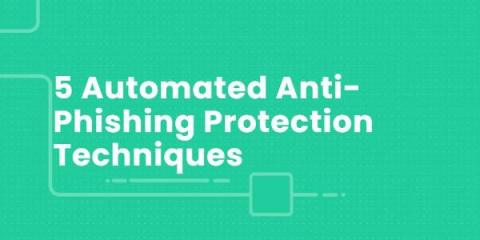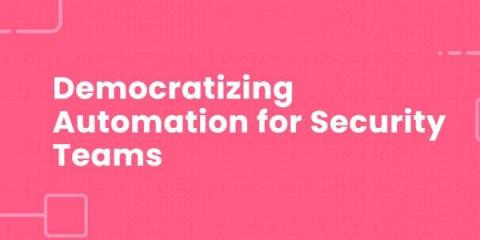Automating Identity Lifecycle Management
The identification of every user making a request to a given system is vital to ensuring that action is only taken by, and information only returned to, those who need it. This happens in two steps: first, the requester is identified (authenticated), and then that identity is used to determine which parts of the application they are allowed to access.


